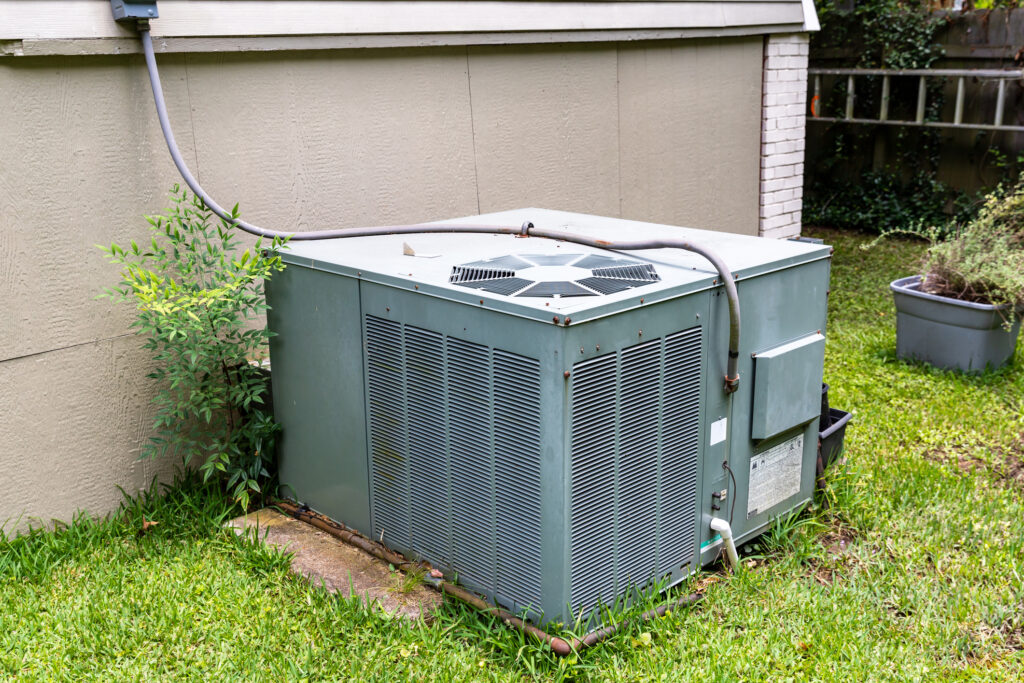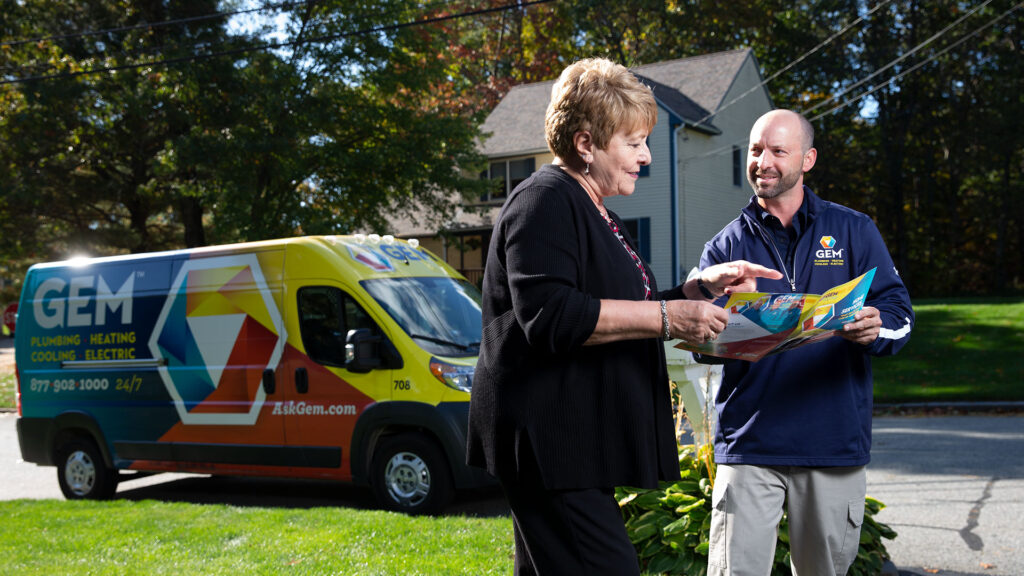As Rhode Island and Massachusetts begin to open back up and we transition back to in-office work, there are some facility enhancements to consider that will help protect your staff, your customers, and yourself. Also, with some New England offices still waiting to welcome back employees, buildings may be left with unnecessary electronics wasting energy or a cooling system working overtime to keep an empty office chilled.
We have some useful tips to manage your workspace more efficiently and to ensure it stays in good shape if you’re away.
How To Prepare Your New England Office For The Return Of Employees
As businesses begin to transition back to in-office work, it is important to prepare your office for the return of employees, so they can work safely while staying healthy and comfortable.
Your first step: Develop an Infectious Disease Preparedness and Response Plan. This plan should include information regarding:
- How, where, and what sources of COVID-19 employees may be exposed to at the office. This may include the public, customers, coworkers, sick individuals or those at high-risk of infection.
- Risk factors that are outside of the workplace, potentially exposing employees to risk at home and in community settings.
- Employees’ individual risk factors, such as age, pre-existing medical conditions, or pregnancy.
Implement Basic Infection Prevention Measures
You should be prepared to implement basic infection prevention measures in the office, including:
- Installing Indoor Air Purifiers to kill bacteria and disease inside your facility to enhance the air quality of your space
- Providing employees with a place to practice good hygiene, including thorough hand washing. If a place to wash hands with soap and water is not available, provide alcohol-based hand rubs containing at least 60% alcohol.
- Transitioning to touchless plumbing in public bathrooms. Touchless toilets, sinks, and towel dispensers to reduce contamination.
- All employees should cover their coughs and sneezes and should stay home if they are sick.
- Discourage physical interaction among employees, including using other employees’ desks, office supplies, cell phones, computers, etc.
- Maintain regular housekeeping practices by routinely disinfecting tools, equipment, supplies, and surfaces around the office.
Develop Policies And Procedures For Infected People
It’s vital that you learn to identify and isolate potentially infected employees to ensure everyone else is safe and protected in the office.
- All employees should be encouraged to self-monitor for signs and symptoms of COVID-19, especially if they suspect they have been exposed to the virus.
- Employers should develop policies to ensure potentially infected individuals are immediately placed in a two-week self-quarantine, limiting exposure to others.
Office Safety Procedures Once Employees Return
You should prepare office safety procedures for the return of employees that focus on spreading people apart and keeping an eye out for red flags and warning signs:
- Set new social distancing policies throughout your building to reduce crowding in lobbies, entries, and common spaces. Schedule arrivals in staggered shifts, too.
- Urge employees to be alert of COVID-19 symptoms and make sure they understand the warning signs (and how to act on them).
- Reconfigure workspace to allow more distance between employees.
- Enforce symptom screenings, like taking employees’ temperatures regularly.
Employers must keep the health and well-being of employees top of mind when it’s time to return to the office. All businesses should follow state official guidelines for reopening their company to both workers and the public, but also consider any extra precautions, procedures, or approaches that might make sense for your unique company and workforce.
How To Maintain Your Office While Employees Work From Home
If your business is waiting to let people back in the office, you’ll want to consider extra steps as you continue to maintain your vacant building. Here’s a short list to help you keep your workspace in good shape while you’re away:
Develop An Inspection Plan
A closer look can save you an emergency fix. Take stock of the state of your building and what’s inside:
- Complete weekly walkthroughs and search for anything out of the ordinary
- Watch out for harmful substances or bacteria build-up
- Pipes should be flushed out weekly, as bacteria thrives in static water systems
Turn Down, Turn Off, Unplug
- Thermostats should be set to a temperature that help you save more energy, around 78 or 80 during warmer months
- All office equipment should be powered off and unplugged
- All unnecessary lighting should be powered off
- All non-essential utility services should be drained
While you should stop some things, you’ll want to make sure you’re continuing with others. Routine testing for fire alarms, smoke detectors, sprinkler systems, and security systems should continue to ensure your building can respond properly in case of an emergency.
Have GEM provide a building health assessment to address Indoor Air Quality and touchless plumbing upgrades to keep your employees and guests safe.
Commercial Contact Form
"*" indicates required fields



